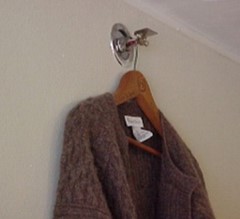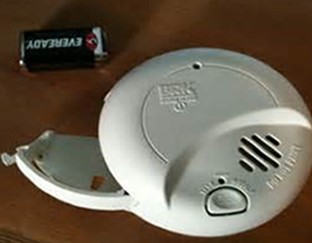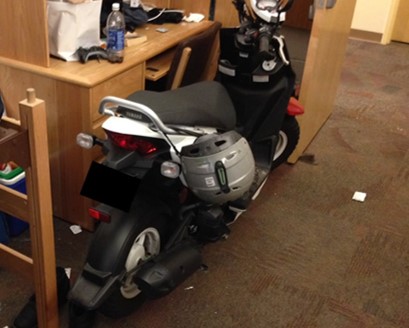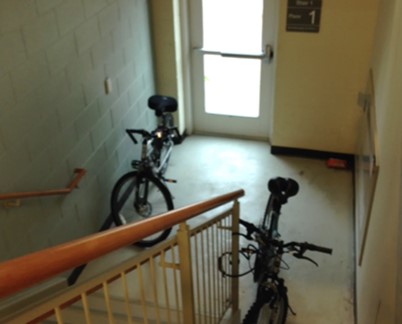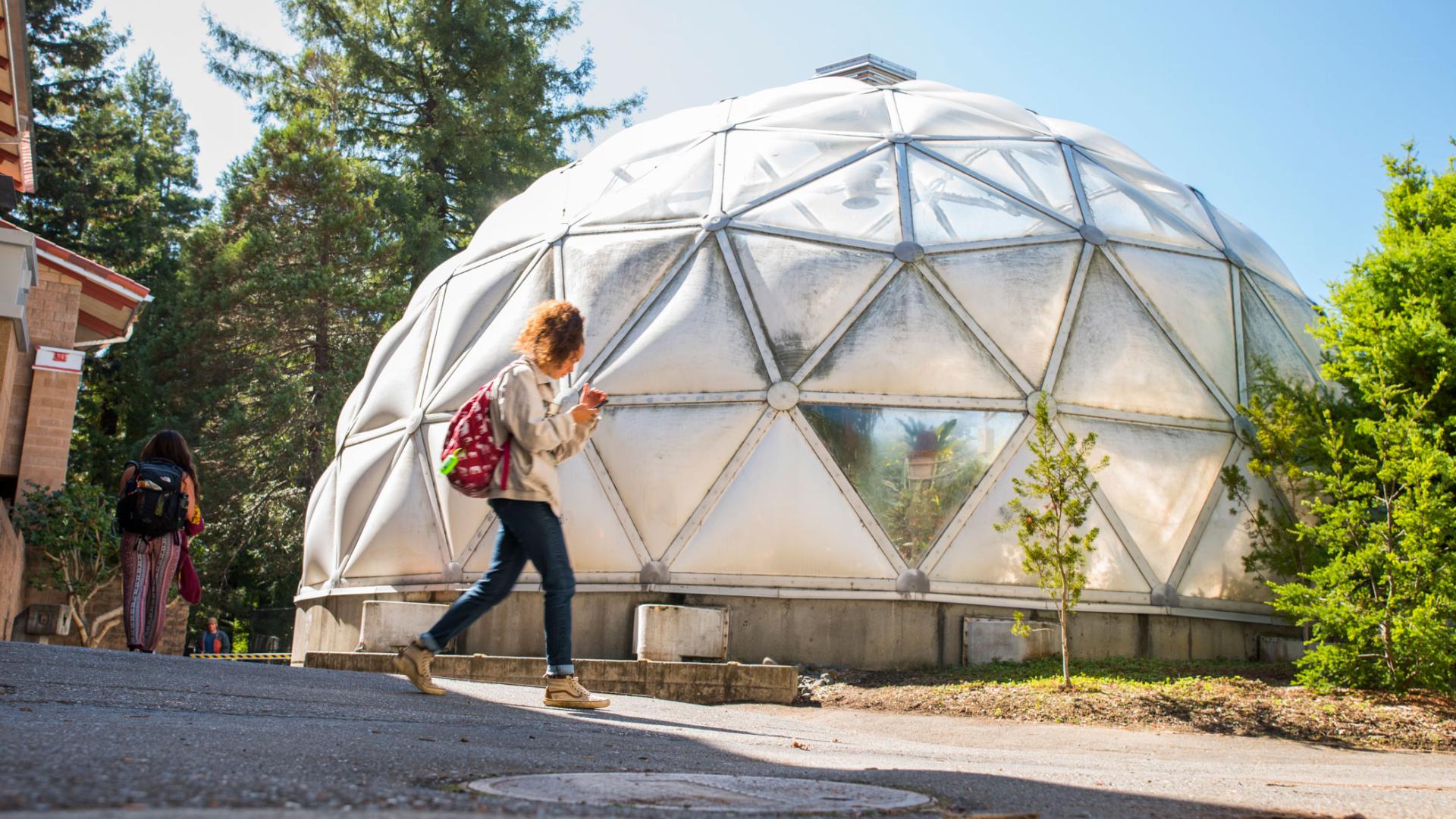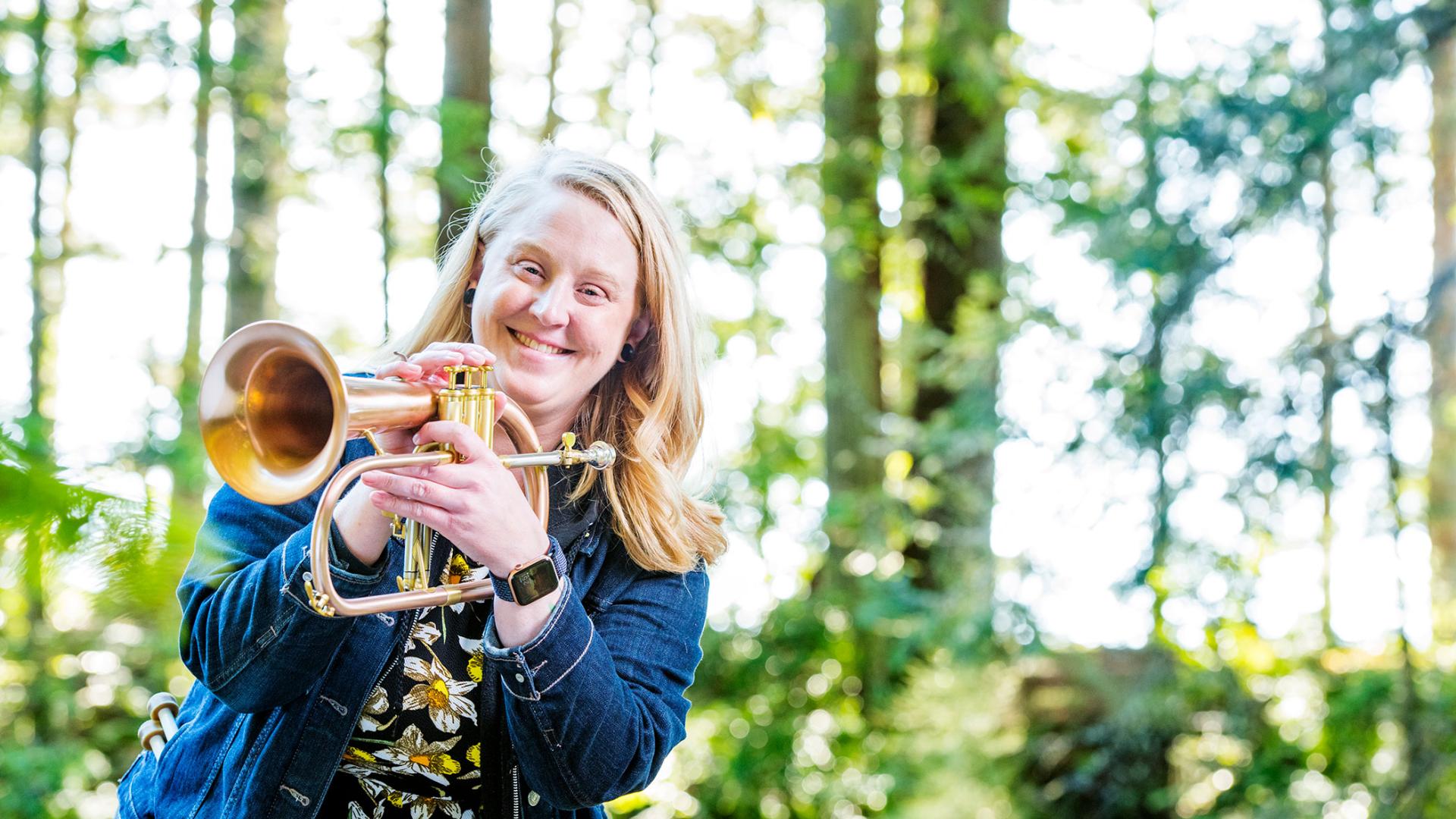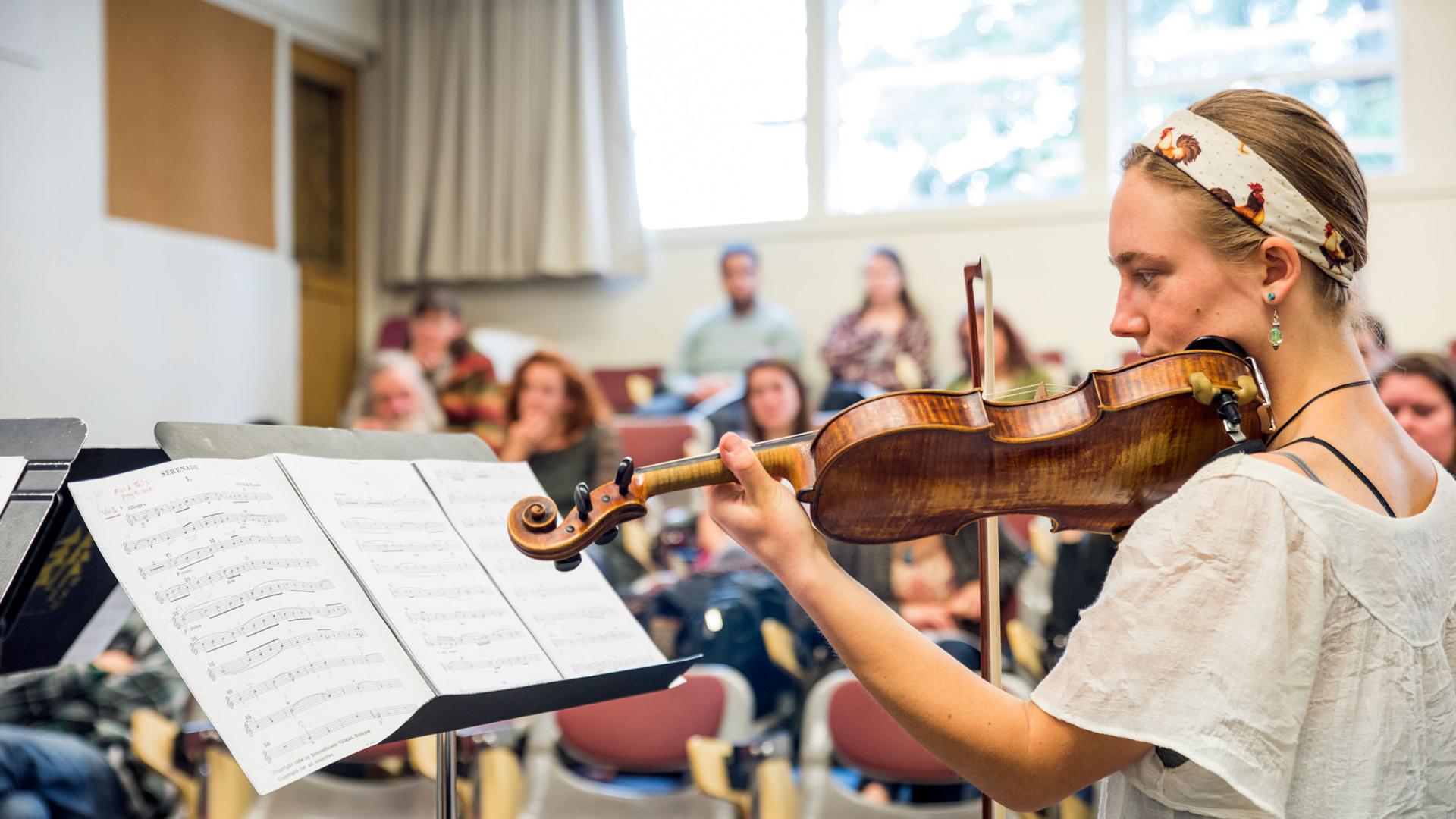Breadcrumb
Fire Safety
Fire Safety is a crucial part of Housing & Residence Life at Cal Poly Humboldt to protect the lives and property of residents and staff members.
Residential fires are the most common fires in the United States, and they claim more lives than any other type of fire.
According to the U.S. Fire Administration (USFA), an estimated 3,800 university housing fires occur yearly in the United States. The leading causes of campus-related fires are as follows:
- Cooking (hot plates, microwaves, portable grills, etc.)
- Arson
- Careless smoking
- Unattended candles
- Overloaded extension cords, power strips, and outlets
Housing & Residence Life at Cal Poly Humboldt has established policies, procedures, and regulations to prevent fires in the residence halls.
- No cooking can occur in bedrooms.
- All appliances must be UL-approved and plugged directly into an outlet.

Allowed in Kitchen Area of Residence Halls, Apartments & Suites
- Electric Fry Pans
- Toasters
- Toaster Overs
- Rice Cookers
- Air Fryers
- Blenders
Allowed in the Laundry Room
- Irons
Never Allowed on Campus
- Open Coil Space Heaters
- Anything with an open flame or that burns, including candles (burnt or unburnt), wax melters /warmers, and incense, is prohibited.
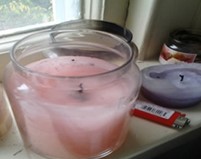
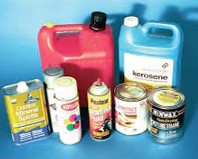
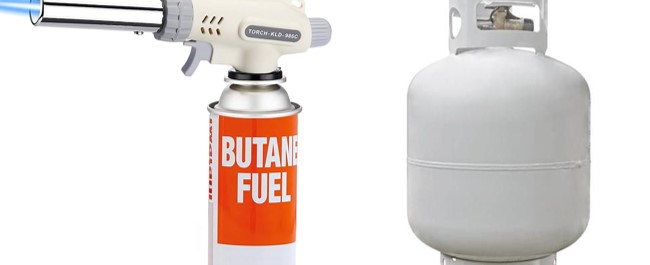
Only UL-approved Power Strips are allowed. Power strips must be directly connected to an outlet. Surge protectors must have the following:
- On/off switch
- Able to be reset (usually a button or part of the on/off switch)
- No movable parts (no bending or flexible elements)
- No Daisy Chaining (power strips being plugged into other power strips)


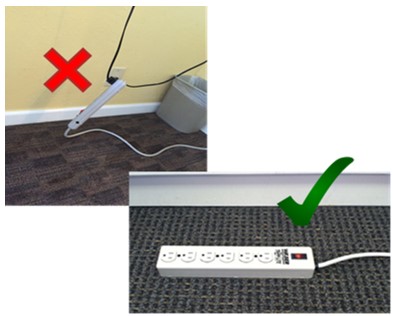
- Draperies and tapestries must be treated with fire retardant, fastened flat against the wall with no air pockets, and may not hang suspended from doorways or ceilings.
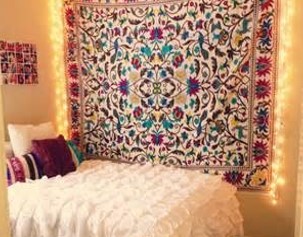
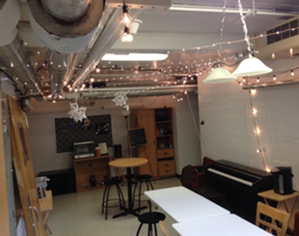
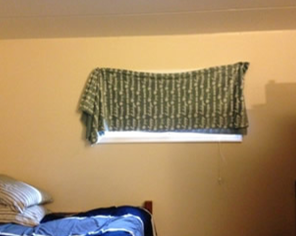


- Evacuate a facility immediately any time the alarm in that facility sounds - Why Seconds Count.
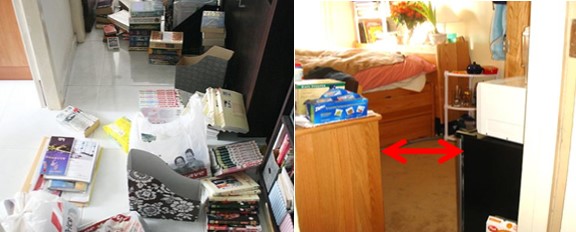
evacuation in case of an emergency.
